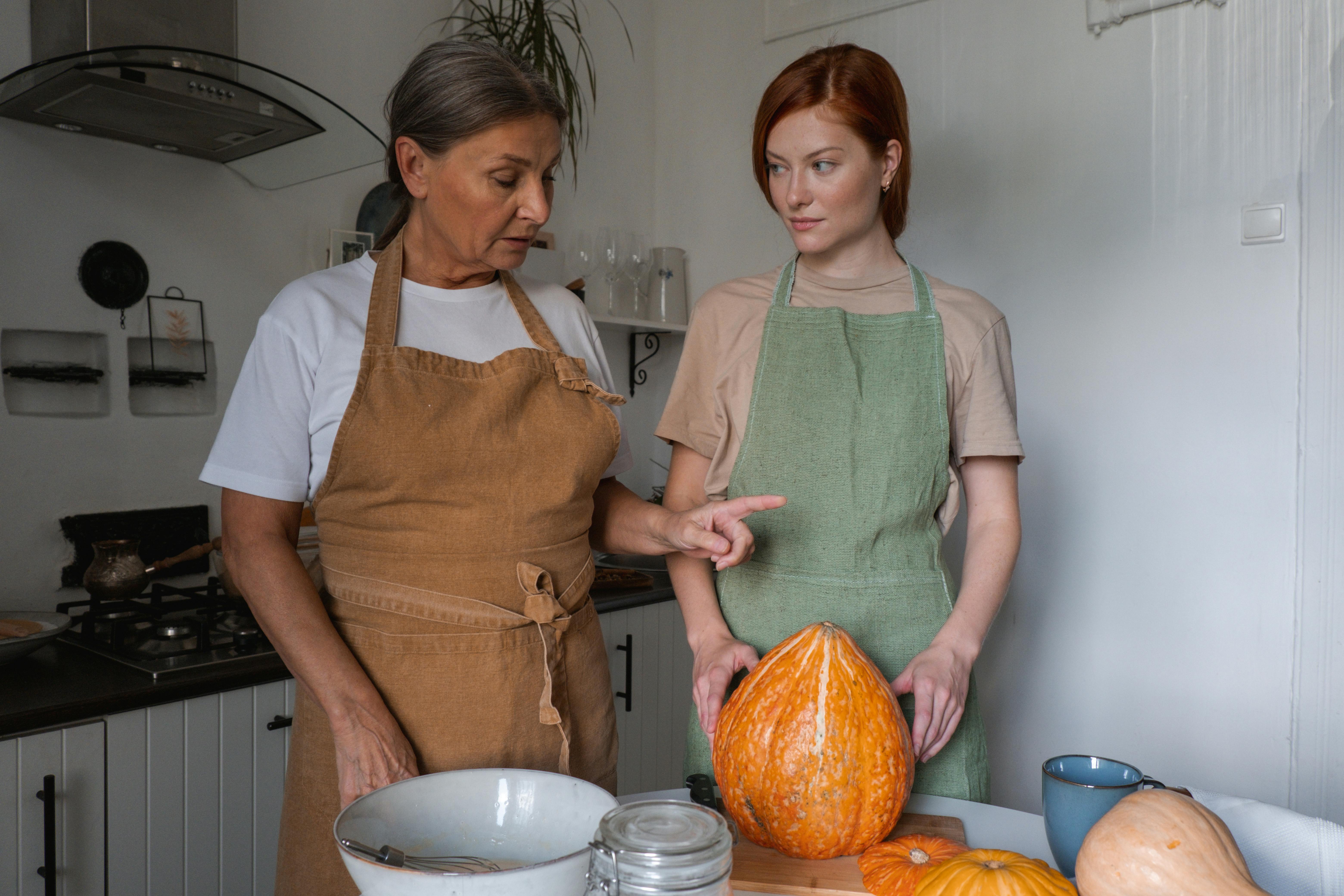How to know which essential oils are really your best natural remedies
For many years, doctors in France have used the aromatagram to identify which essential oils work best against each patient’s particular infection. The doctor uses Petri dishes to test various oils on a patient’s primary infection. Those that work best in vitro (fighting infection in the laboratory incubator) are used in vivo (in patient therapy).
However, in America, most essential oil users simply pick up a reference book that provides a long list of conditions each oil is supposed to be good for. Essential oil therapy for each condition on the list appears to be as effective as any other. But they are not. Then when we try them, we wonder why a particular oil doesn’t work for us, and we lose faith in these amazing aromatic gifts of nature. This informal approach to medical aromatherapy gives our entire industry a black eye.
For example, in network marketing “desk references” certain well-known and expensive oils like frankincense are seen highly praised for their effectiveness against terrifying diseases like cancer, yet in French medical literature frankincense is mentioned for many important uses, but cancer has a question mark next to it.
It’s easy to understand why entrepreneurial network marketing companies like DoTERRA and Young Living would want all of their distributors to invest in a large collection of oils and reference books that claim a long list of miracle cures for just about everything. I have attended opportunity meetings for these companies where fantastic claims were made and verified with story after story. From my experience, many of these stories had to be made up. But the fact is, according to verifiable science, they don’t all perform as well as those books and distributors claim every item on the list.
A simple solution is to go back to French medical reference books and use some of their research to rank oils based on their effectiveness. For example, in some French texts you will find a series of plus signs indicating the effectiveness of a particular oil or oil blend. Four or five plus signs (++++) indicate an exceptionally effective oil for a particular use. Three crosses is an excellent oil, but two or fewer crosses indicate only good to modest value. You will also find these signs that indicate how effective a particular essential oil treatment is for various conditions and various methods of use.
It’s fascinating to list the medical conditions in which essential oils are most beneficial. For example, you will hear network marketers praising oils for common and well-known illnesses like diabetes, where there are only two more signs in French literature. You better focus on much more effective and predictable uses of essential oils with up to five plus signs. They are exceptional for the flu, shingles, insect bites, and first- and second-degree burns.
When we promise too much and fail to deliver on the effectiveness of essential oils, we become an embarrassment to those who practice predictable alternative medicine.
Here’s my suggestion for those looking for real value from their essential oils, and I promise you will really find remarkable therapeutic value. Look for the top-selling dozen oils. Learn all you can about them. Sort and use them to see how effective they are in your life. Due to your particular set of health conditions, you may not need oils for joint pain, but you may need more oils for infections. You may find them most effective in reducing stress or calming gastric discomfort.
Study the success stories showing the most popular uses for oils. If you see a lot of headache stories but few diabetes and cancer stories, you can guess which uses are the most reliable.
Here are my top twelve most affordable individual oils, the ones with many more signs in the French medical literature. I use them all the time: 1. tea tree, 2. lavender, 3. peppermint, 4. spearmint, 5. geranium, 6. basil, 7. oregano, 8. thyme, 9. lemon, 10. eucalyptus radiata, 11 Incense and 12. fir. I also have my favorite mixes for the following uses: 1. respiratory 2. calming and relaxation, 3. infection, 4. digestion, 5. pain, 6. foot massage, and 7. exercise recovery, and 8. general massage.
These oils always work for me, I don’t have to guess what they will do. I can depend on them, and I’m not trying to come up with cool, popular sounding ways to use just so I can sell more. There are many more oils that will become your favorites as you try them, but get the basics first and learn how to use them.
